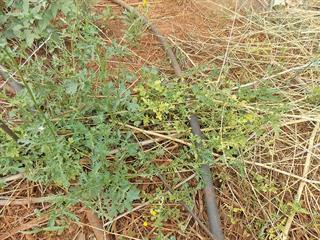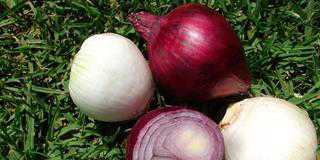
This prompted me to take another look at the topic of cucurbit viruses, as I’m sure I’m not the only one taking chances!
Viruses infecting the pumpkin family have always been a major problem. Susceptible crops become almost completely infected late in the season. Four main cucurbit viruses do the rounds in Southern Africa. According to the ARC, the dominant virus varies from year to year.
In areas that receive frost, infection usually starts in mid- to late summer. In subtropical regions, it usually starts in spring. Where planting takes place in autumn, outbreaks occur when the crop is at an advanced stage.
I am often asked where the virus starts. Cucurbit crops are on the go throughout the year at various locations.
This means that infected aphids can move from one area to another. For example, they migrate from warm areas where cucurbits are grown in winter to the Highveld.
However, I believe that the most common cause is the carry-over of the virus from infected weeds in the vicinity of a susceptible crop.
In my case, a virus started off earlier than usual and spread from the edge of the land. I had ignored my own advice by neglecting to kill off the weeds there in winter and spring. A number of winter weeds can carry the virus and symptoms are not always clearly visible.
Some viruses can pass through the seed of certain weed species, hence the need to keep the fringes of lands clear of weeds throughout the year.
Identifying the virus
I knew that weeds were the source of the virus as I found some showing virus symptoms. Moreover, baby marrow farmers not far away were still free of virus a couple of months later, so it was obvious that the infection had not come from aphid drift.
Obviously, the ideal is to have the virus identified by a suitable laboratory and not rely on visual signs alone. There might be more than one virus, which can complicate visual identification.
But sending samples to a lab is not always feasible and there are differences in symptoms that can help to identify the virus or at least eliminate some candidates. I thought I would try and identify my virus on the Internet and Googled ‘Cucurbit viruses’. After looking though dozens of photographs on one site, I suddenly spotted the virus.
Eagerly seeking more information, I clicked on the picture – only to find that it was one of my own, taken for an earlier Farmer’s Weekly column! I was disappointed but saw the funny side.
A stitch in time
As soon as you spot a plant with symptoms, remove it from the land. You are unlikely to eradicate the virus in this particular crop (although I did manage to once), but you will slow down its spread. Next, kill off all weeds in the vicinity and make sure there are no aphids on the plants. Spray thoroughly if there are.
My cucurbits are always attacked by a blackish aphid that is particularly fond of the flower buds. As the insects move from plant to plant, they provide ants with honeydew, which they relish.











